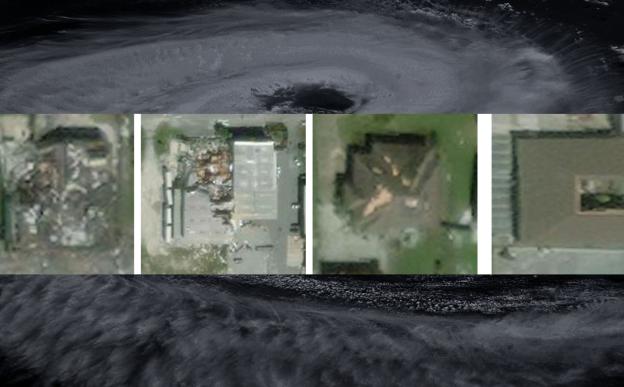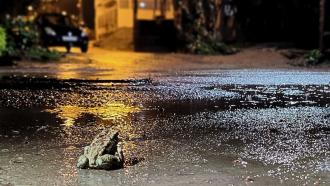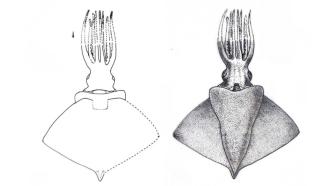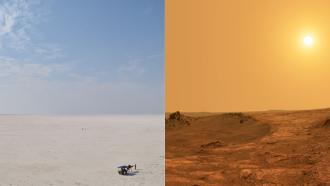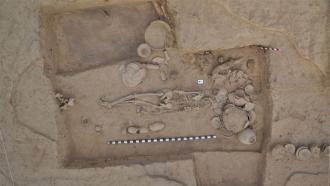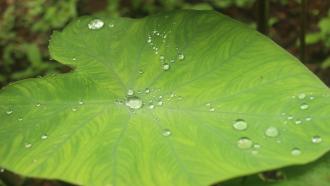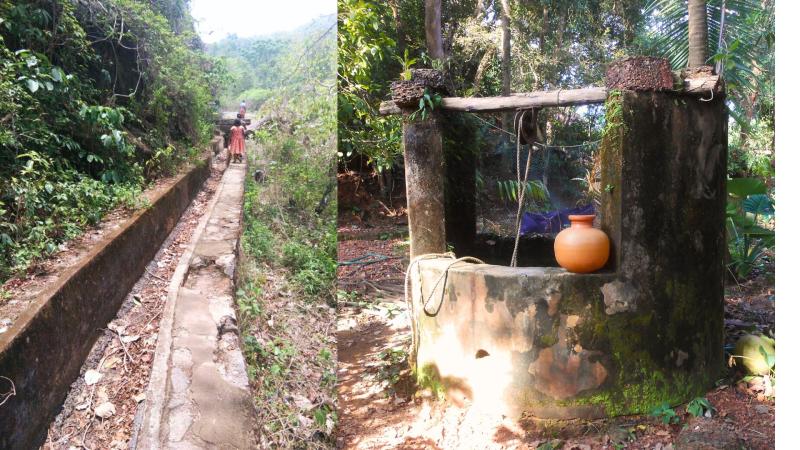
India, a land blessed with mighty rivers, is paradoxically facing a severe water crisis. Stories of water shortages in cities or concerns about declining groundwater levels are a constant presence on news and social media outlets. It's a pressing issue, exacerbated by a rapidly growing population, expanding urban areas, and increasing industrial demands. This was not always the case for the nation, however. For centuries, communities across India developed ingenious ways to conserve water, methods deeply connected to their local environment and culture. These traditional practices, like building ponds or channels to catch rainwater, sustained people for generations. Over time, many of these traditional practices have been forgotten or fallen into disuse, overshadowed by modern infrastructure and shifting lifestyles.
The challenge is immense. India is home to 17% of the world's people and yet has only 4% of its freshwater resources. A significant portion of this water is polluted, and groundwater, which many rely on, is being extracted much faster than it can be replenished. Reports show India ranks alarmingly low among countries facing water stress, and some cities are even predicted to run out of groundwater entirely in the near future. This isn't just about drinking water; it affects agriculture, industry, and the environment.
A new study from the Centre for Sustainable Technologies at the Indian Institute of Science, Bengaluru, points out that the root cause is often inadequate water management systems, including a lack of clear regulations and comprehensive data on water resources.
Traditional water conservation methods were incredibly diverse, reflecting the unique geography and climate of different regions in India. Early India had systems like 'khuls' in the Himalayas, channels carrying melted glacier water, or 'zings' in Ladakh, diverting scarce meltwater for irrigation in a high-altitude desert. In Rajasthan, a dry state, people built 'taankas,' underground tanks to collect rainwater from rooftops, or 'johads,' earthen dams to capture runoff and recharge groundwater. Down south in Tamil Nadu, 'eris' were cascading tank systems designed to manage monsoon water for irrigation and flood control.
The Chola dynasty in Tamil Nadu (9th-13th centuries) developed an extensive network of tanks (eris) and canals for irrigation, serving as a key source of water for agriculture. |
These methods weren't just about storing water; they were often community-owned and managed, fostering a sense of shared responsibility. They utilised local materials, required minimal technology and external energy, and were tailored to the specific needs of the area, whether for drinking, farming, or livestock.
However, these traditional systems faced significant pressure. As India urbanised, many water bodies were encroached upon or degraded. The population boom dramatically increased water demand, often exceeding the capacity of older systems. Climate change brought unpredictable rainfall patterns and extreme weather, making traditional methods less reliable. Modern water infrastructure, such as piped supply and centralised treatment plants, has led communities to rely less on local, traditional sources.
The widespread availability of motorized pumps, often subsidized for agriculture, encouraged excessive groundwater pumping, further depleting aquifers. Pollution from modern farming practices, which use chemical fertilisers and pesticides, also contaminates traditional water sources, such as tanks. Cultural shifts, particularly with urbanisation, meant younger generations were sometimes less connected to maintaining these community-based systems.
The researchers argue that tackling India's water crisis requires a new approach that not only relies on modern technology but also actively revitalises and integrates traditional wisdom. Combining these time-tested practices with contemporary advancements can create a more robust and sustainable water management framework. The paper highlights the importance of community involvement and government support through policies and programs to promote these integrated methods.
To demonstrate this, the paper presents a compelling case study: the Koramangala Challaghatta (K&C) Valley project in Karnataka. This project took treated wastewater from the city of Bengaluru and used it to fill traditional irrigation tanks in the nearby, water-stressed Kolar district. The treated wastewater isn't just dumped; it flows by gravity through a network of traditional tanks and canals. As it moves and sits in these tanks, it undergoes a natural purification process. The soil itself acts as a filter, a concept known as soil aquifer treatment.
The study describes this process as five-layered, including anaerobic decomposition, conventional aerobic treatment, travel time in pipes, interaction with an algal system in open water bodies (such as a polishing pond), and finally, filtration through hundreds of meters of soil before recharging the groundwater. This process not only adds water back into the depleted groundwater reserves but also improves the quality of the existing hard groundwater by diluting it with the treated wastewater.
The results of the K&C project, as reported, are impressive. The average groundwater table in the Kolar district increased significantly (by 70% between 2018 and 2022). The quality of the treated wastewater, after undergoing this natural purification process, meets national standards for safe discharge into water bodies and land disposal, with heavy metals remaining within acceptable limits. A cost-benefit analysis showed substantial economic benefits, with a ratio of around 4.34.
Most importantly, the project benefited an estimated 2 million people in the region. This project serves as a powerful example of how integrating ancient water conservation methods (using traditional tanks and natural percolation) with modern technology (wastewater treatment plants) can create a successful, sustainable, and resilient water system, even mimicking a circular economy approach.
The study also point out broader gaps in India's water policy framework that hinder conservation efforts. For instance, there is a lack of regulation on the maximum amount of groundwater that can be extracted, unclear standards for reusing treated wastewater for various purposes, and no mandatory requirement for rainwater harvesting in households or communities. Addressing these policy gaps is crucial for scaling up successful integrated approaches.
This research highlights that addressing India's water crisis isn't just a technical issue; it necessitates a comprehensive approach. By recognising the value of traditional wisdom, integrating it with modern technology and scientific understanding, and fostering community involvement supported by effective government policies, India can move towards a future where water is available, managed sustainably, and accessible to all, protecting both people and the environment for generations to come.
This research article was written with the help of generative AI and edited by an editor at Research Matters.
